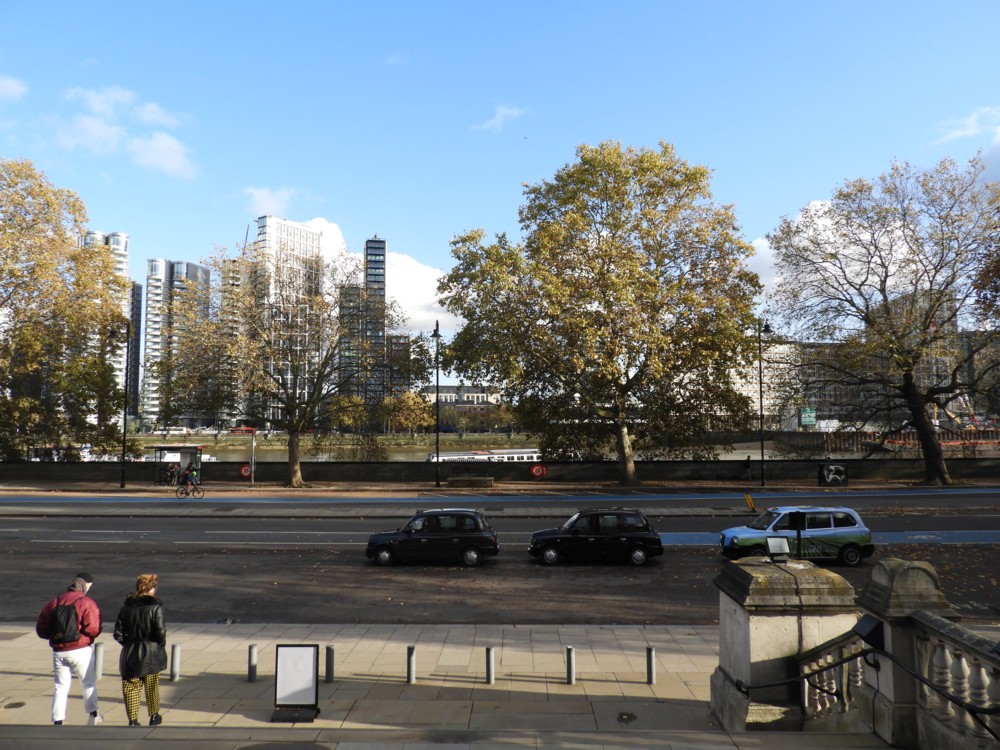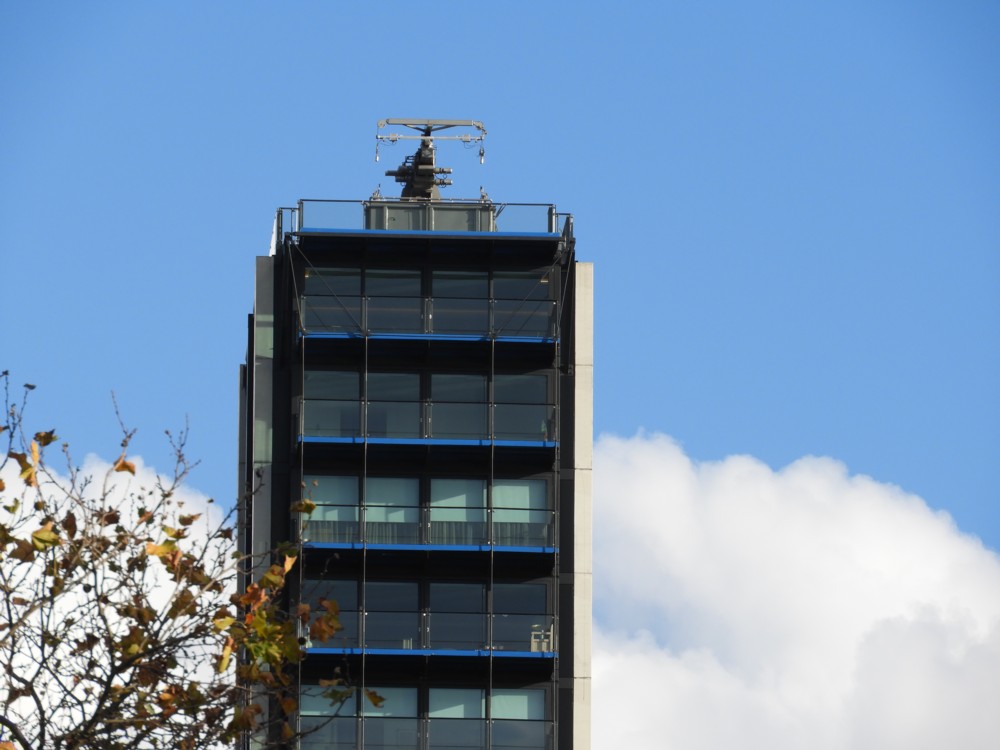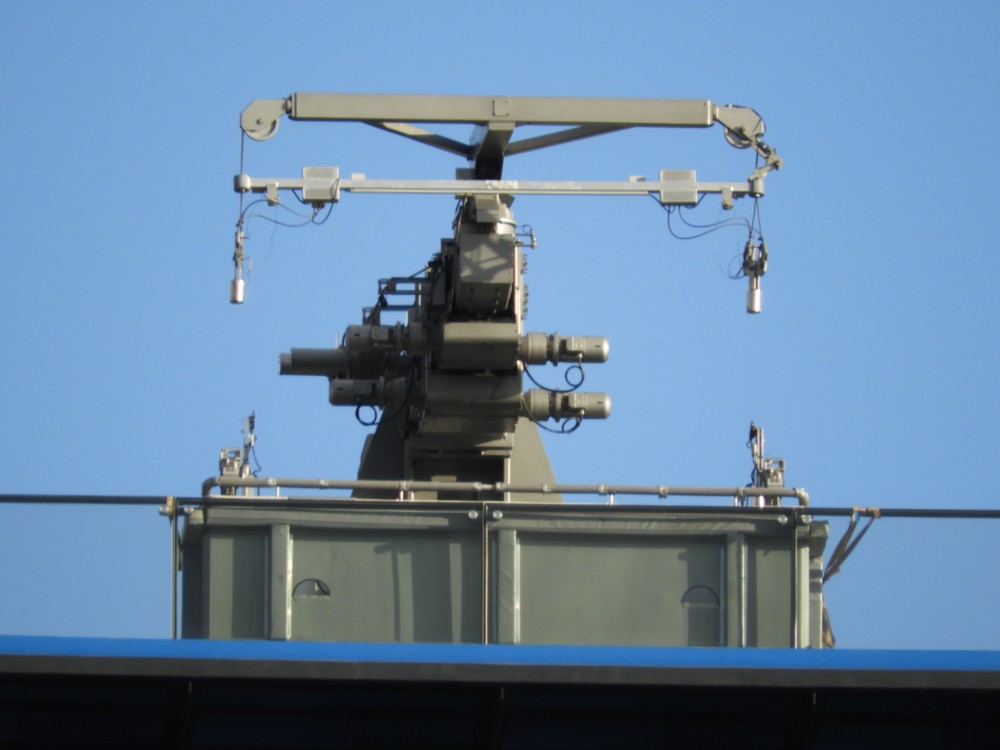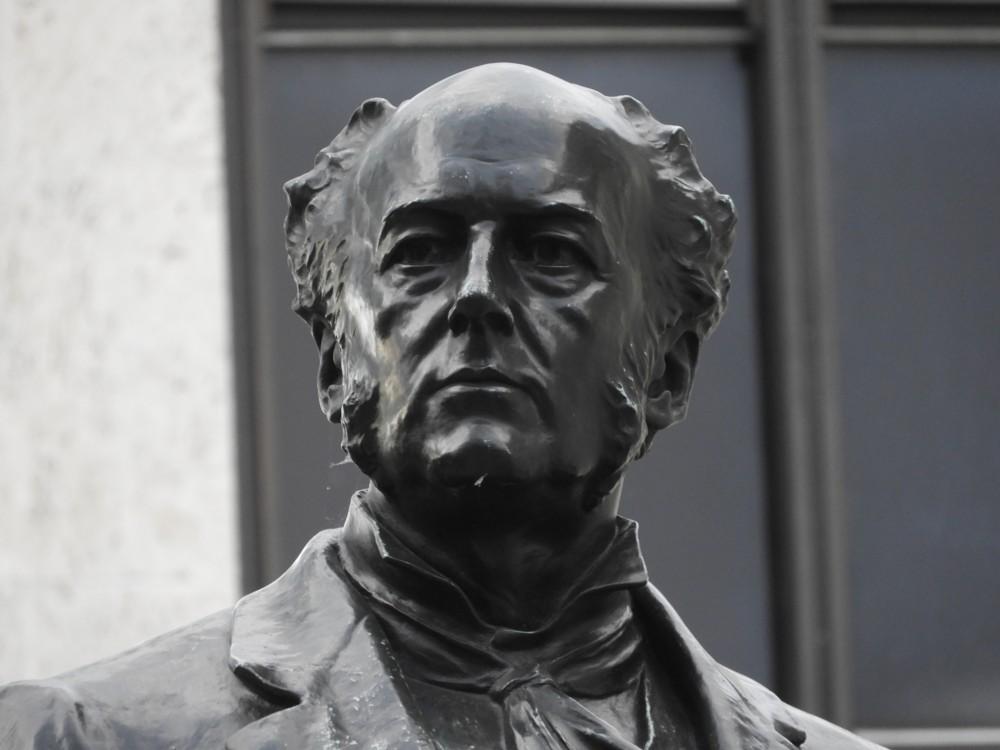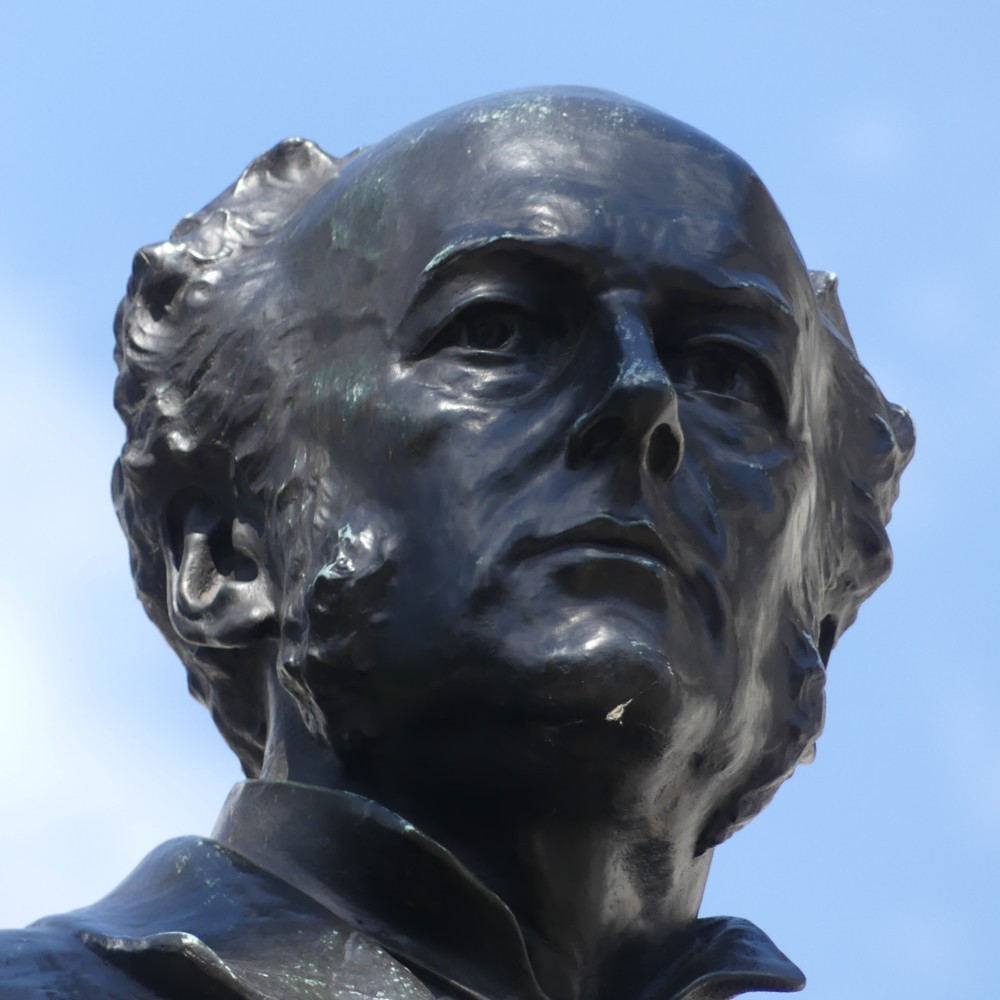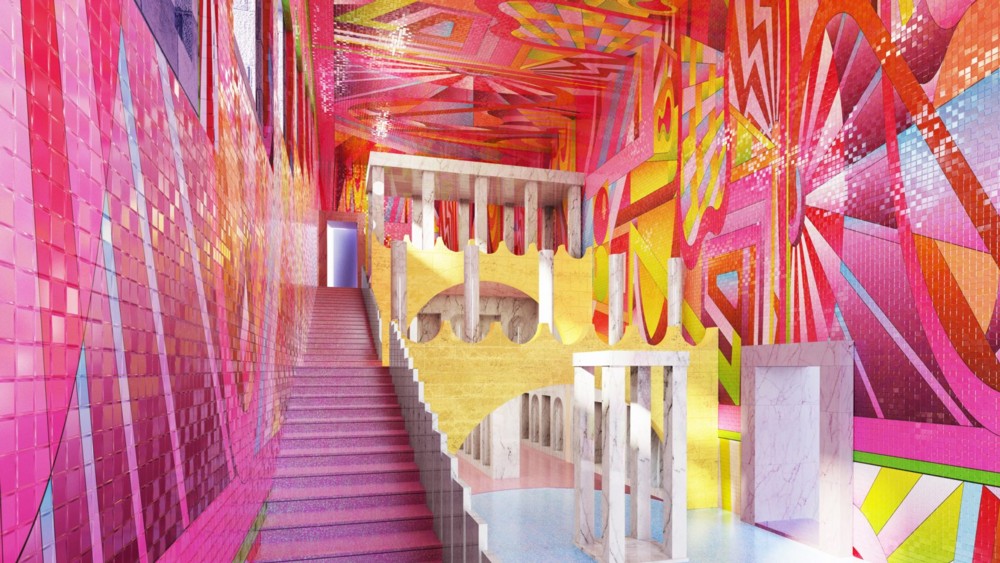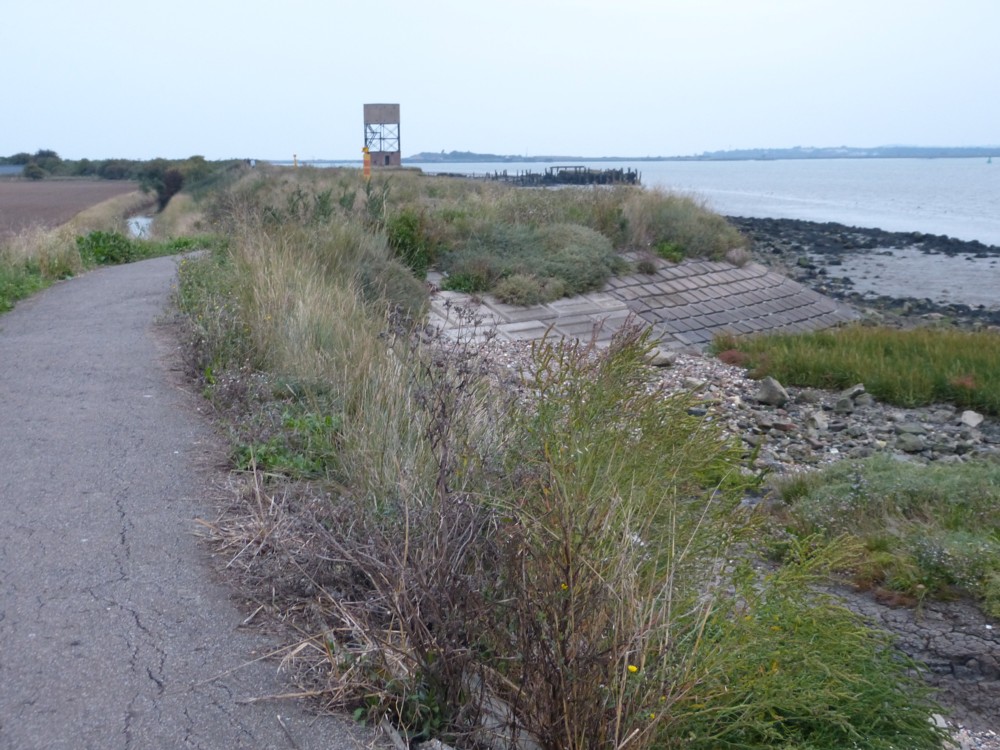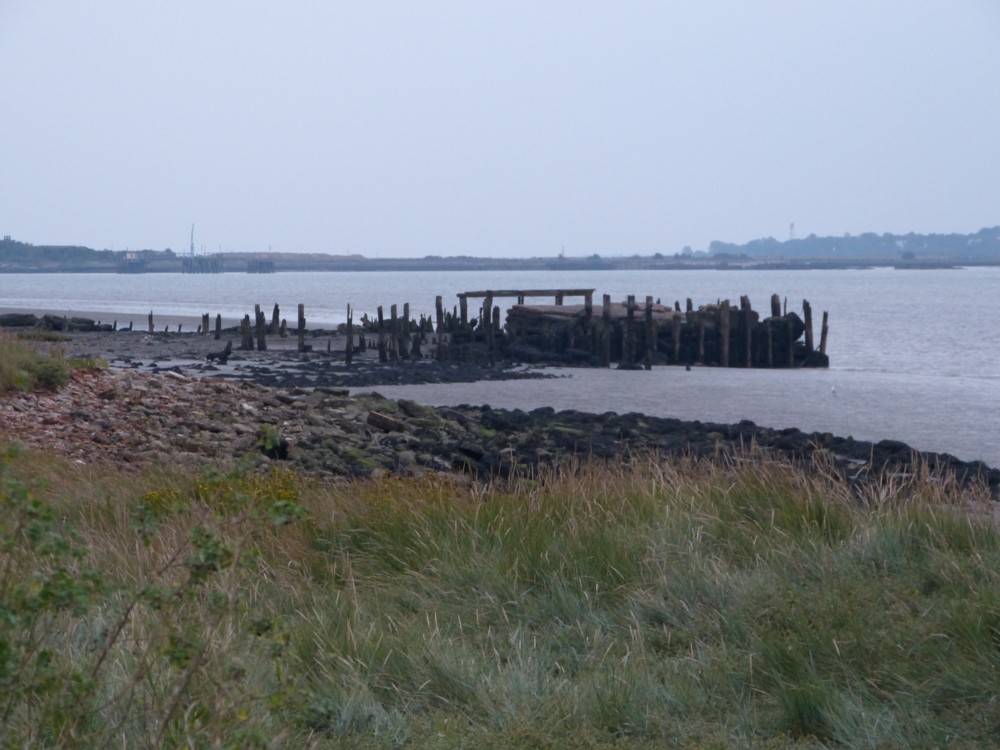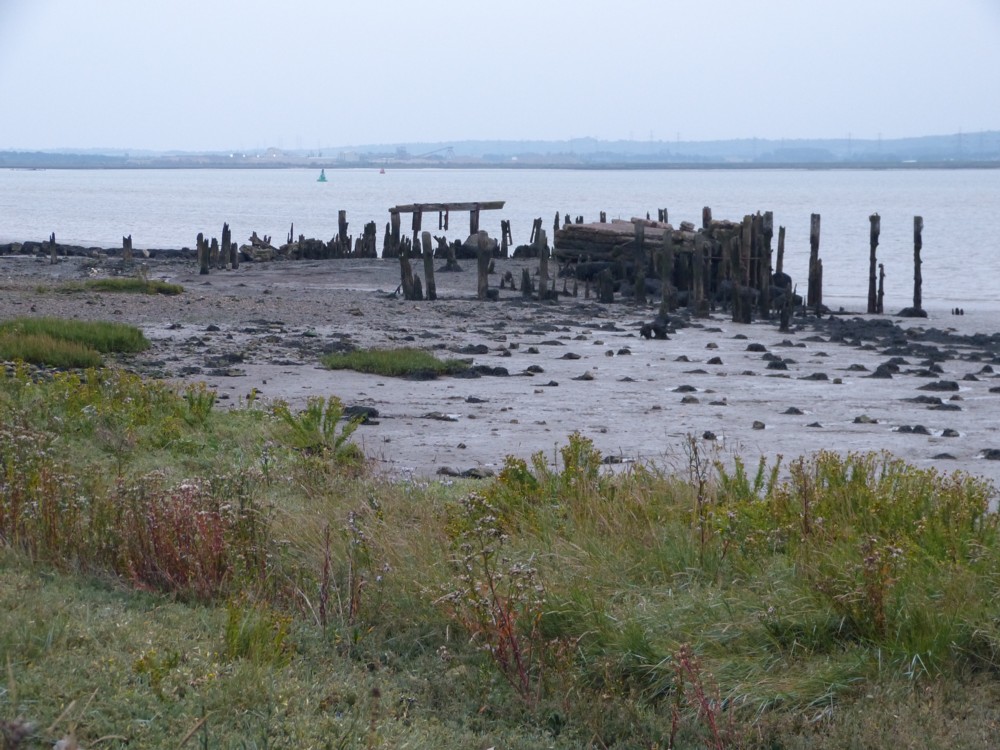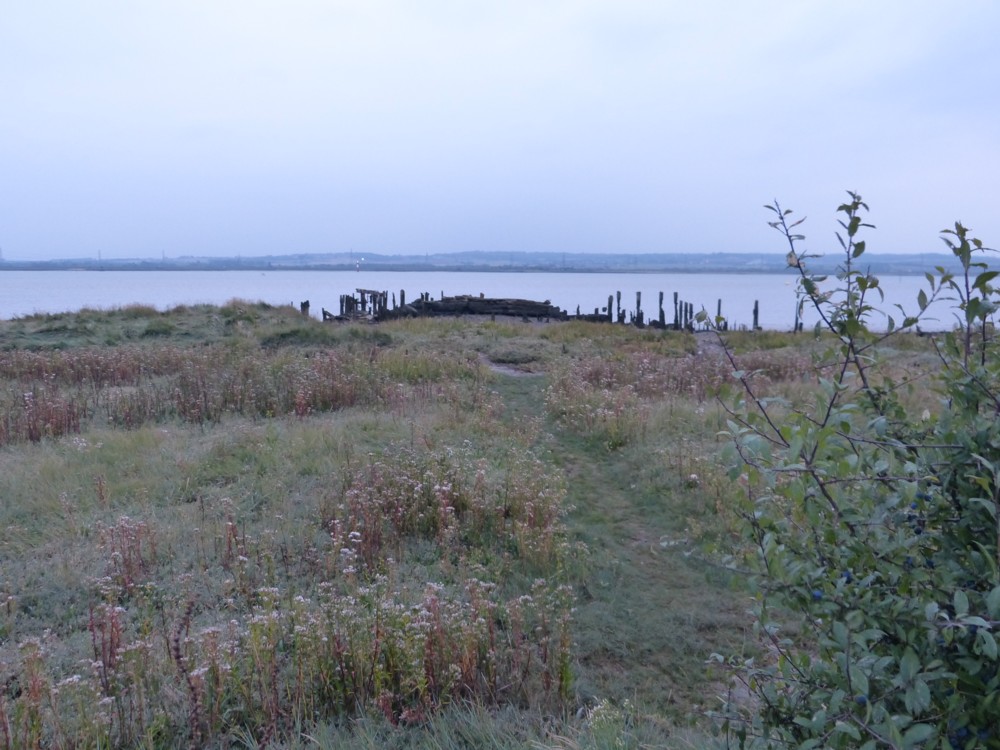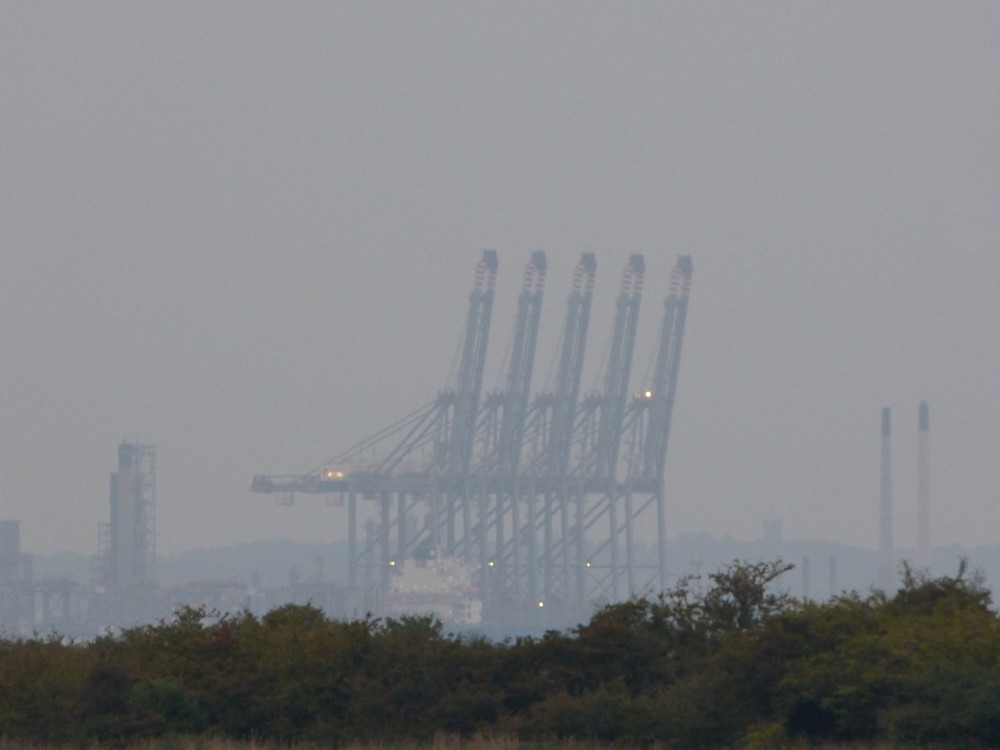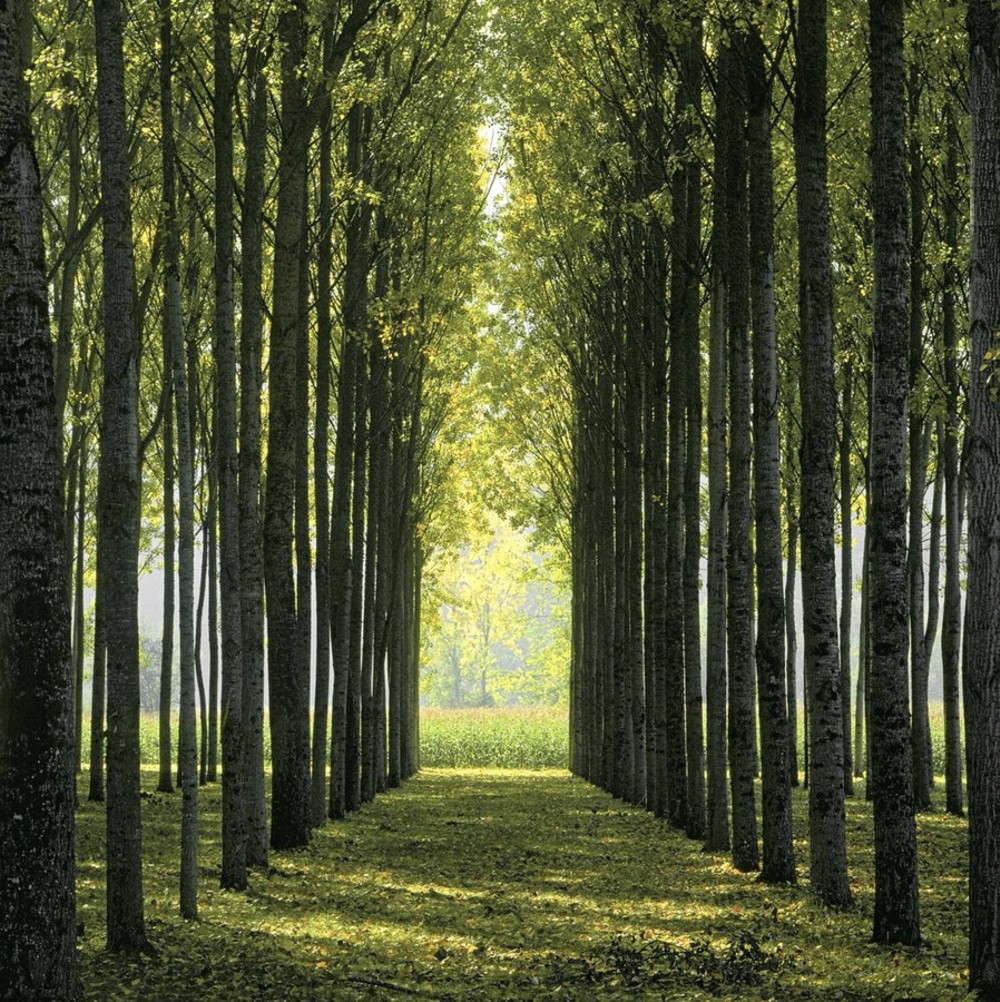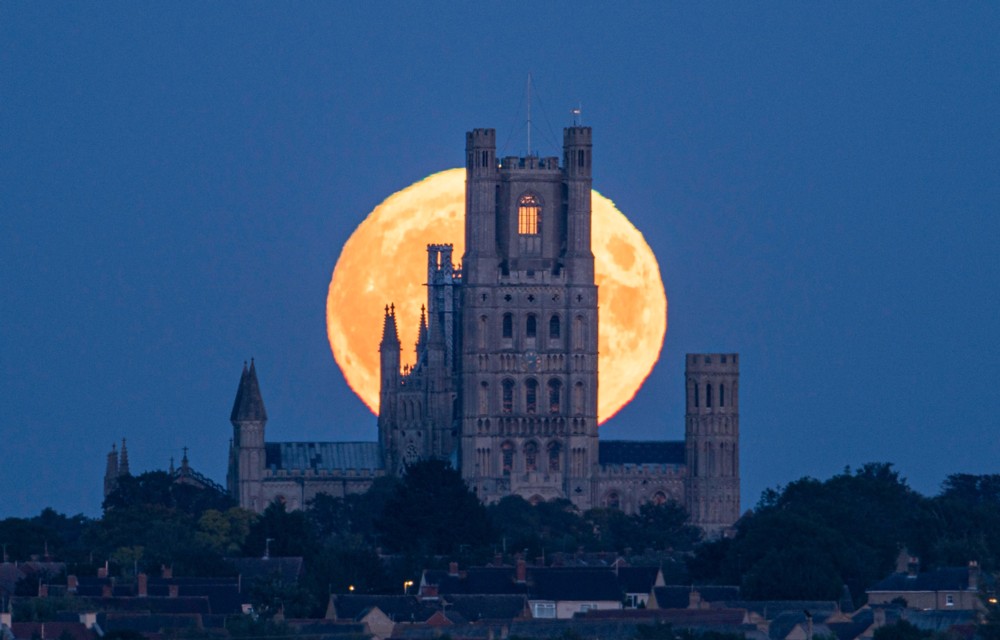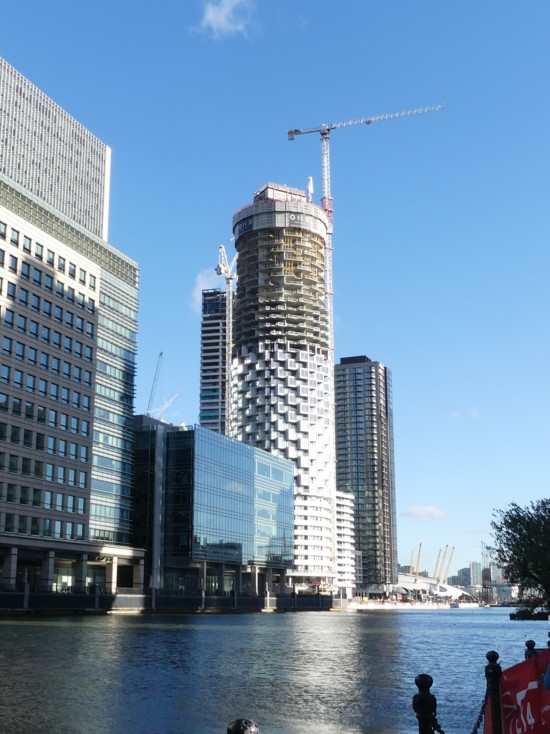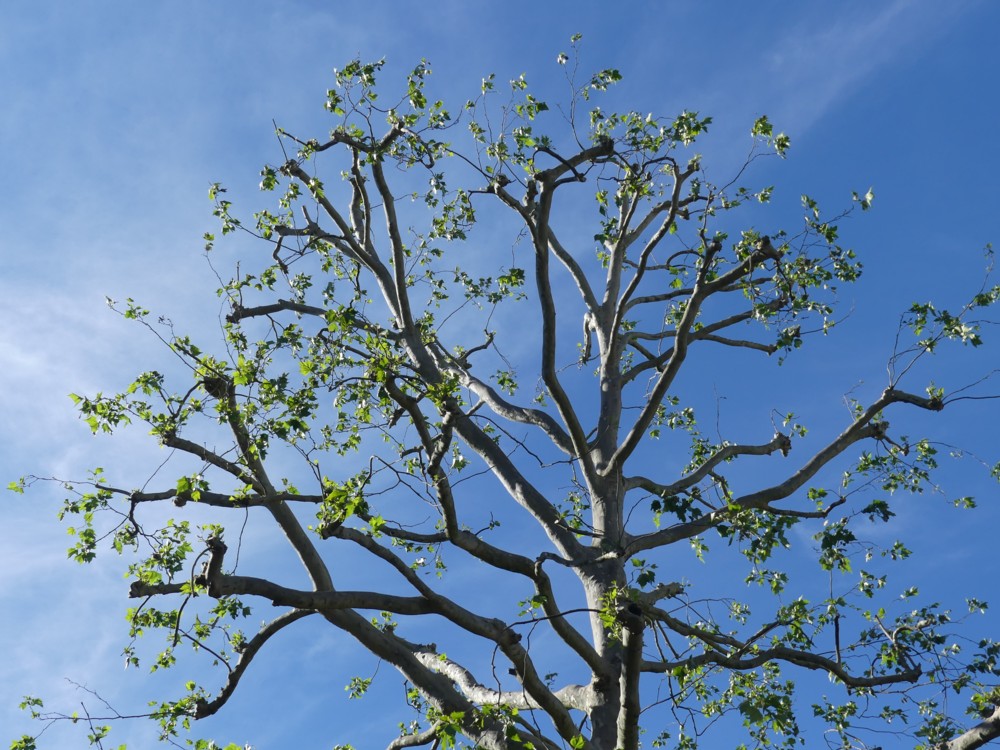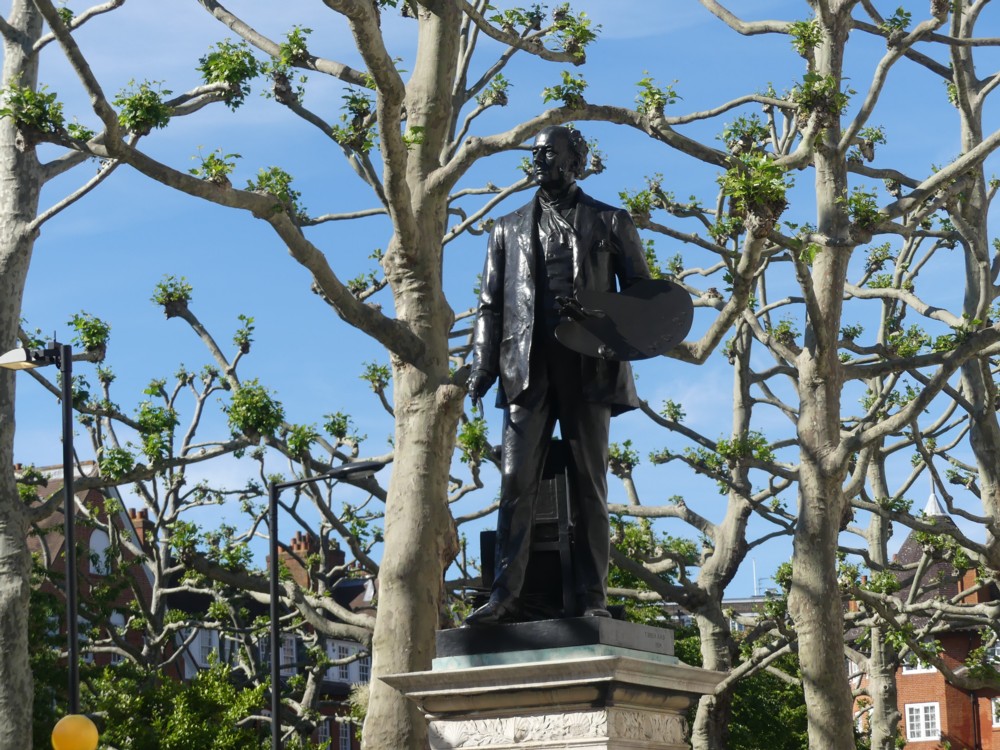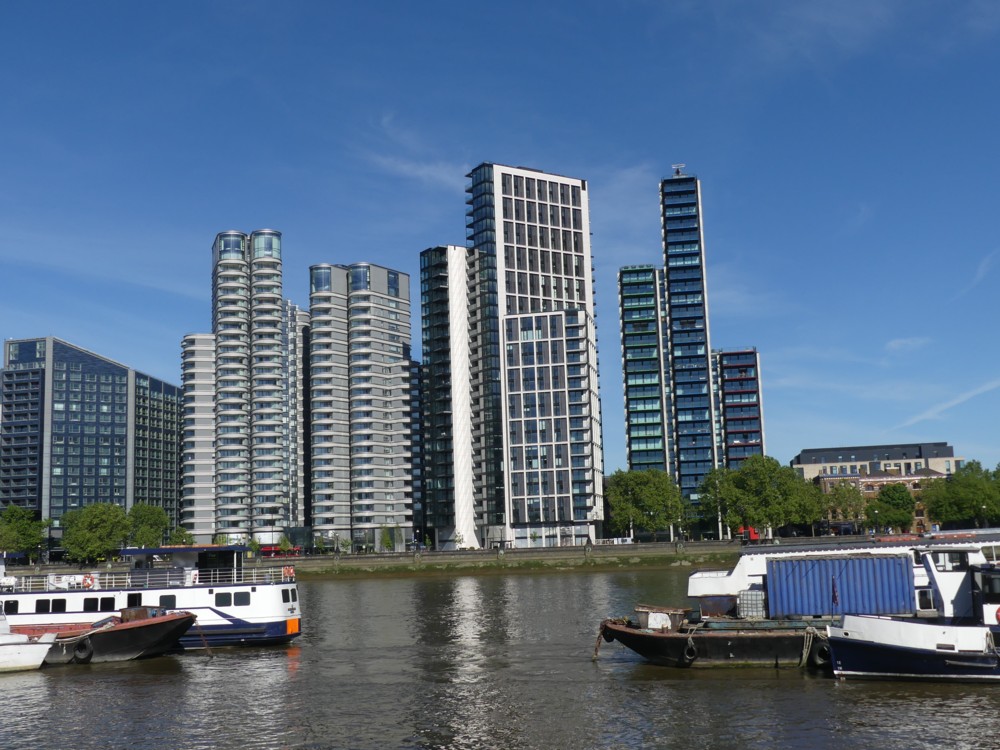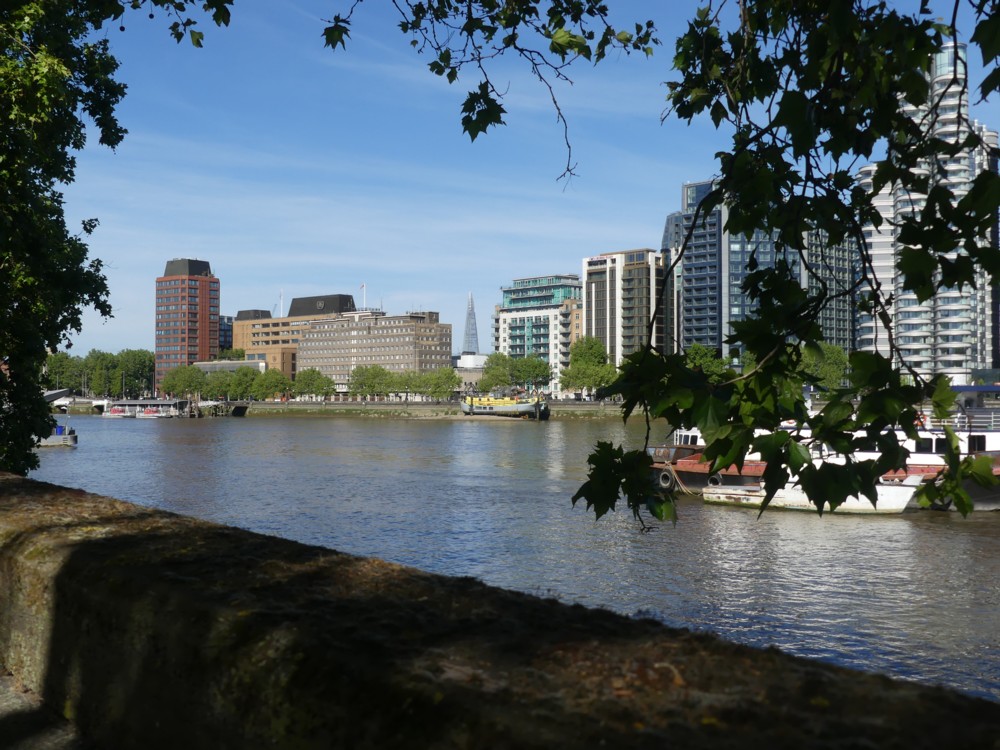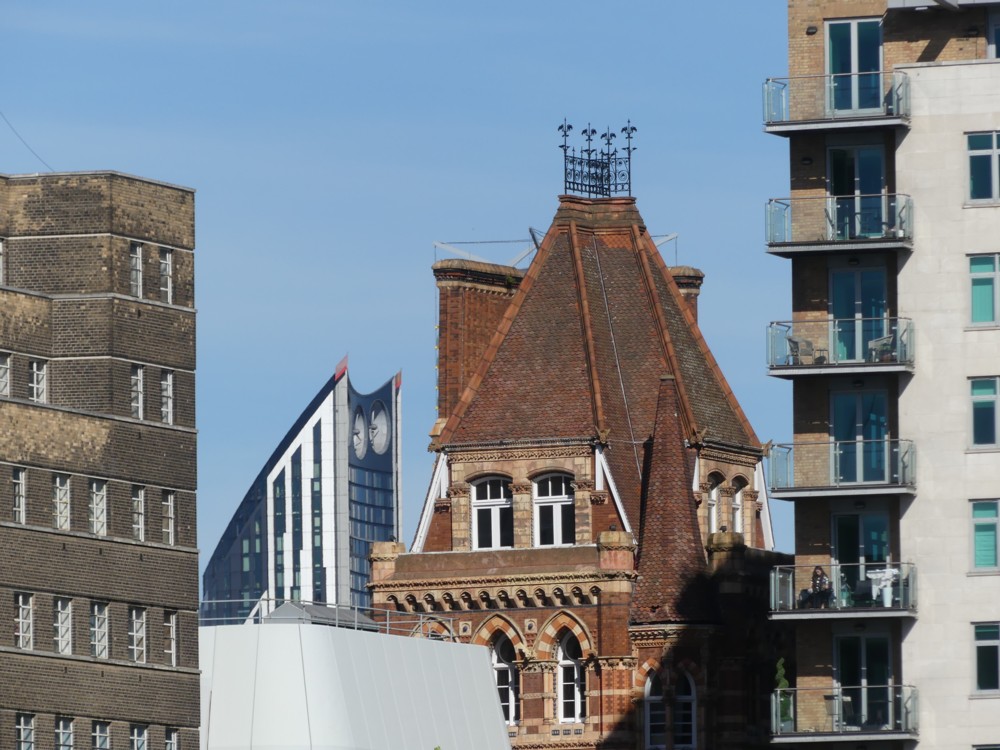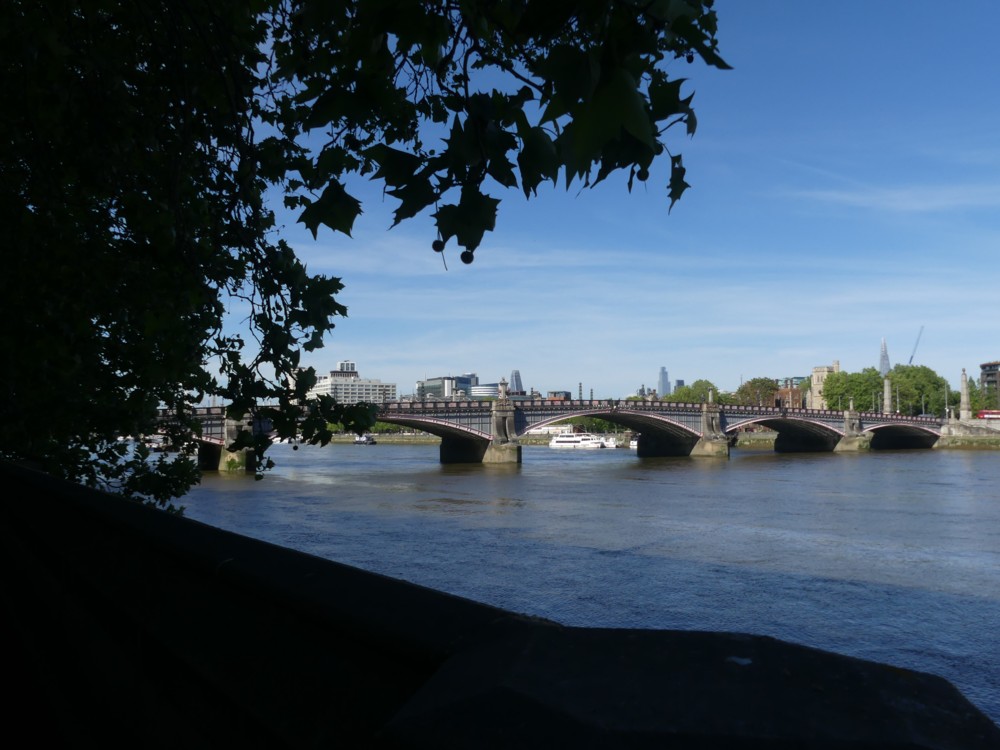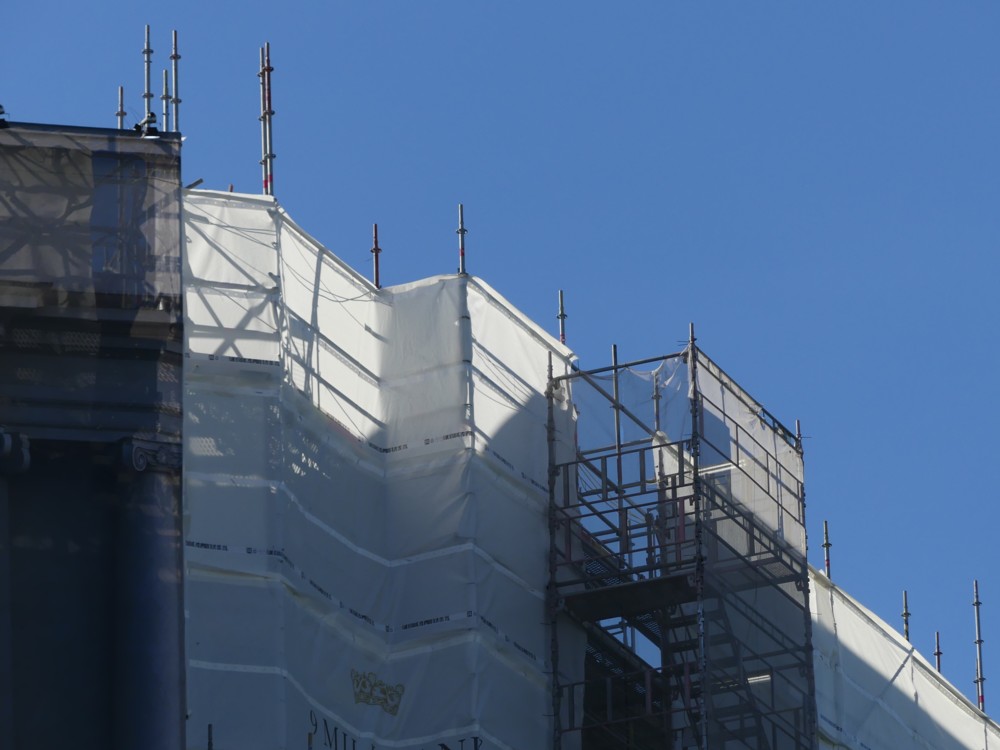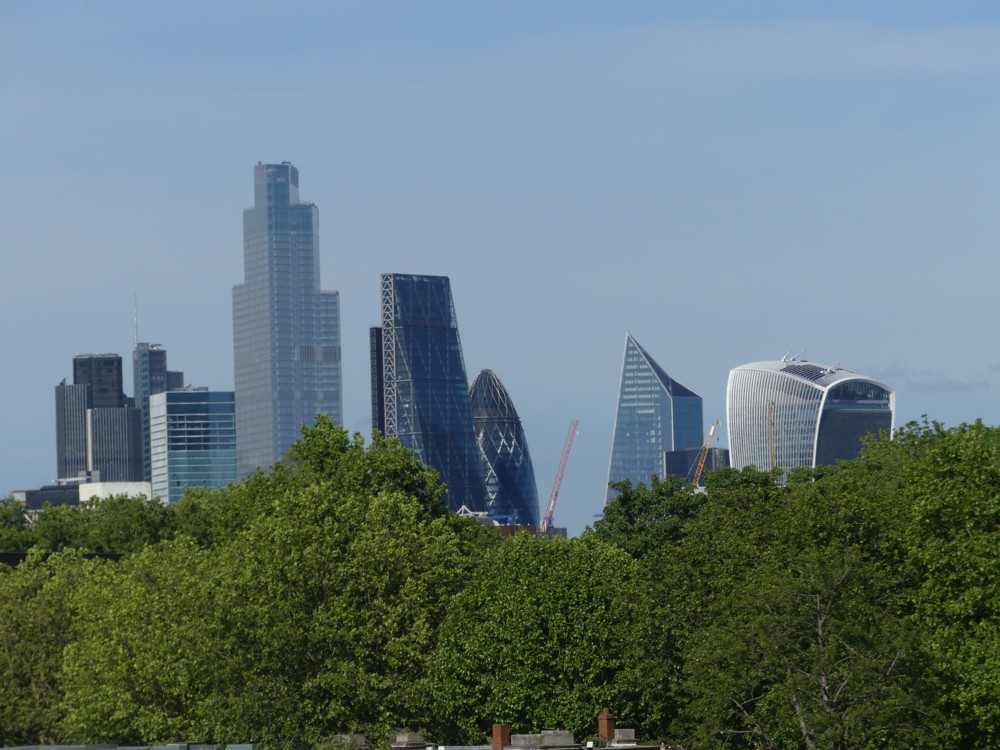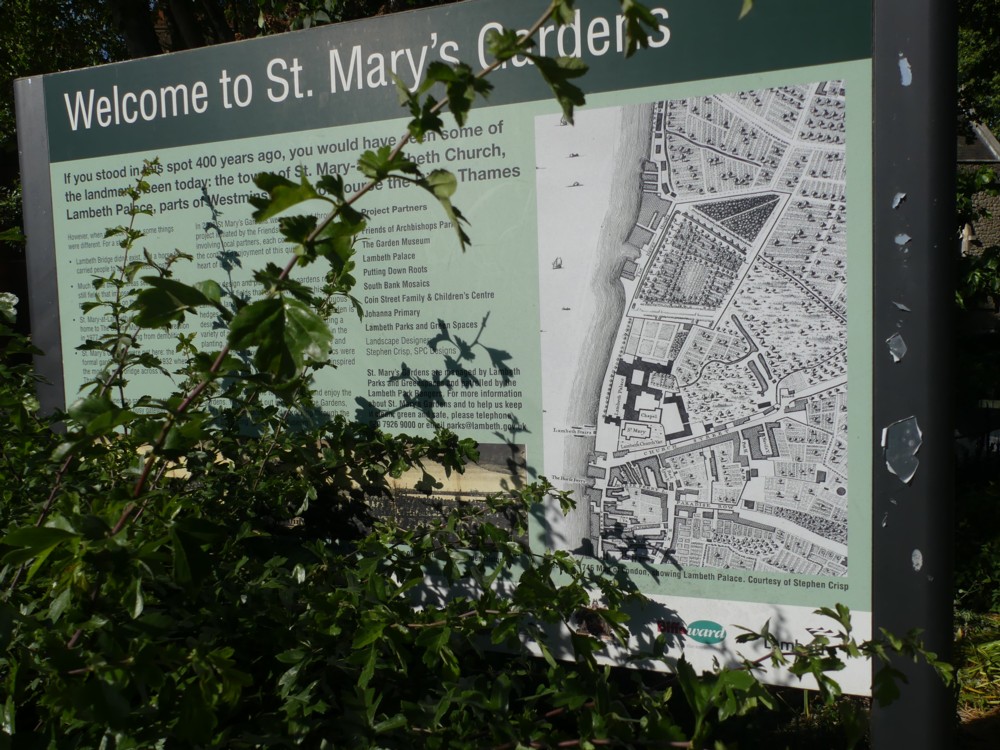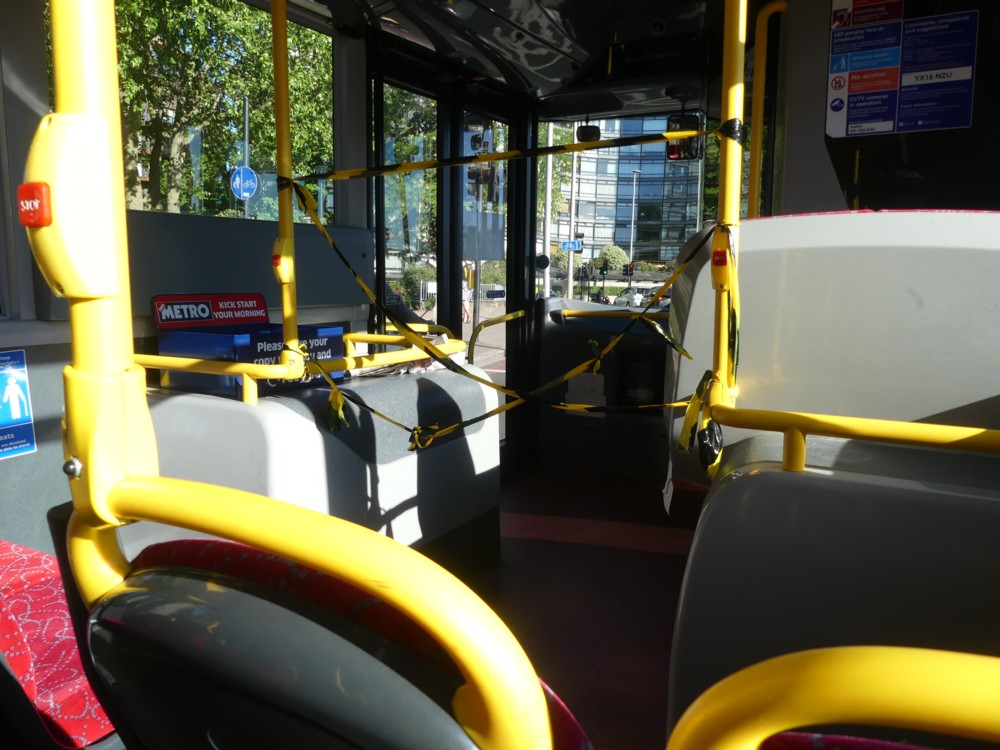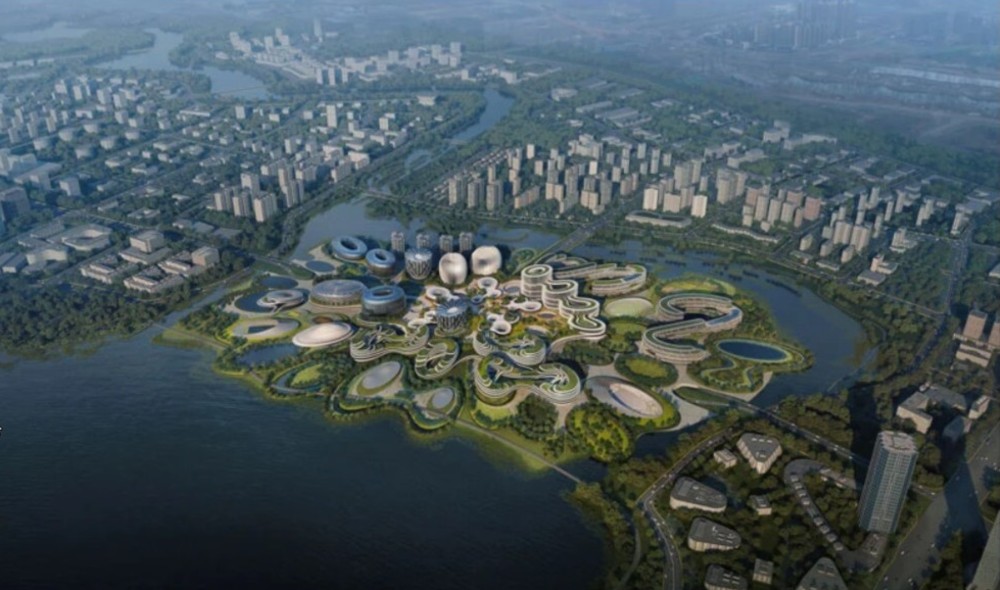In January 2018, I see that I did a blog posting, in which I expressed interest in this camera, the Nikon Coolpix B700, including that link in that earlier posting. Late last year, I bought one of these cameras. This was partly for its x60 optical zoom, but also because the camera is red, and a red camera that looks like it should be black is, I think, cool. Also, it is easy to tell at a glance which of the two cameras I now use is which. It helped that it was going cheap, on Amazon, as I recall.
It proved ever so slightly disappointing, impressive though the zoom proved to be, sometimes. Here are three photos I photoed with it soon after getting it, that show just how powerful that zoom is:
These photos were taken last November, from the top of the steps outside Tate Ancient.
On the left, note the dark building made of three bits, of varying heights, looking a bit like a rude gesture made with the middle finger. In the middle photo, we observe the top of the middle and tallest bit of this building. And on the right, with the zoom going full blast, we see the cleaning crane at the top of the tower.
Technically, I was impressed. But, did I really need to be taking long distance photos of things which I could surely photo just as well by just getting a bit nearer. After all, much of the point of my photoing is to get me out of my home and taking some exercise. x25 would mean rather more exercise, so, the new x60 camera was that most unwelcome of phenomena, the solution to circumstances that were not a problem.
Until a few days ago, when I went out with my x25 black camera and my x60 red camera, and I photoed this photo, with the latter:
That was taken of John Everett Millais, at maximum x60 zoom, from quite a long way away.
With the result that I was not photoing the underneath of his chin, but photoing him something more like from his level. I was still below him, but the angle I was coming up at him was much smaller. Basically, I wasn’t photoing his adam’s apple.
Compare that with this, which, with apologies for the repetition, I had earlier photoed (and earlier shown here) of JEM with the x24 black camera:
I actually think that the black x25 photo is pretty good also, but given the choice for photoing the faces of statues, I now prefer the notion of using the red x60 camera, or at the very least having that option. There could be statues when its better angle will make quite a difference.
I like human faces, but there are problems with just photoing interesting faces and then shoving them up on a blog. Privacy, etc. I respect that.
I could show lots of photos of my own face, but I fear looking like a narcissist. (I also fear that one of the symptoms of narcissism is the fear of being thought a narcissist, but I’ll set that aside.) But there are no issues with photoing statues, and you can go in as close as you like on their faces. Also, most statues are of very interesting people. So, I like to photo them.
And now, I have photoing equipment that is that little bit better for doing that.

